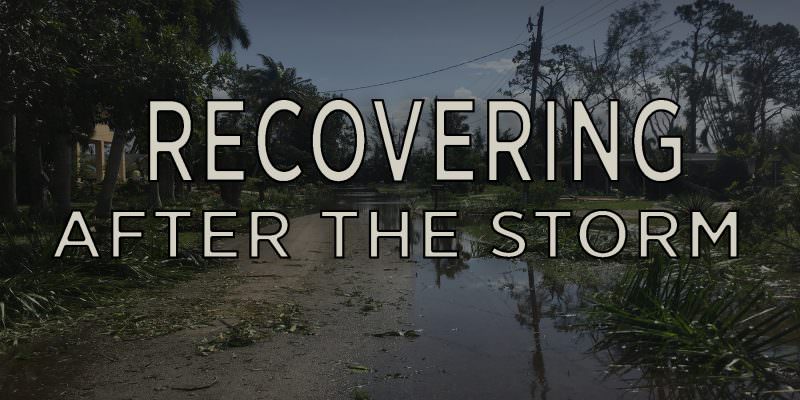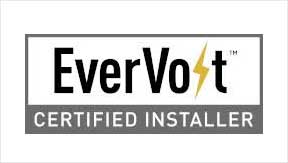Of course preparing before a storm is critical in protecting your home and family from disaster; but knowing what to do after a hurricane can be equally as important.
Before and after a storm keep in mind that the most important priority is the safety of your family. Furniture, cars, and other material objects can always be replaced. If you’ve evacuated for the storm, return to your home only after it is safe to do so. Once the danger is no longer present, start documenting the damages to your property with photos and videos.
If your home has extensive damage, prioritize the repairs in order to prevent further damages. Repairing aesthetics such as fencing or landscaping is not as important as putting a tarp on your roof or windows to keep the weather out. Many subcontractors offer emergency services, however these companies often face a very high call volume after a storm. Gulf Western Roofing places a priority on customers with water intrusion, but even still, the wait time can be longer than some homeowners would like. In the event of water intrusion, homeowners should have a tarp installed by a licensed contractor in order to provide protection until repairs can be arranged. Following Hurricane Irma, the U.S. Army Corps of Engineers implemented “Operation Blue Roof” which sends licensed contractors to install a free tarp on eligible roofs.
Once urgent needs are met, take the time to carefully hire subcontractors. Sadly, scam artists are known to flock to disaster areas, taking advantage of homeowners and then fleeing before they are caught. Get more than one estimate for each project and take the time to vet the service provider by checking their licensing and reviews. Do not sign anything without carefully reading and understanding.
Most importantly, do not let your guard down when it comes to safety. “The storm may have passed but danger is not necessarily over,” states Gulf Western Roofing Safety Supervisor, Ramiro Jimenez. “We still have to deal with the threat of downed power lines, flooding, polluted drinking water, carbon-monoxide poisoning from portable generators, and other hazards.” Be aware of the hazards lingering after a storm has passed and place priority on your safety above all else.



